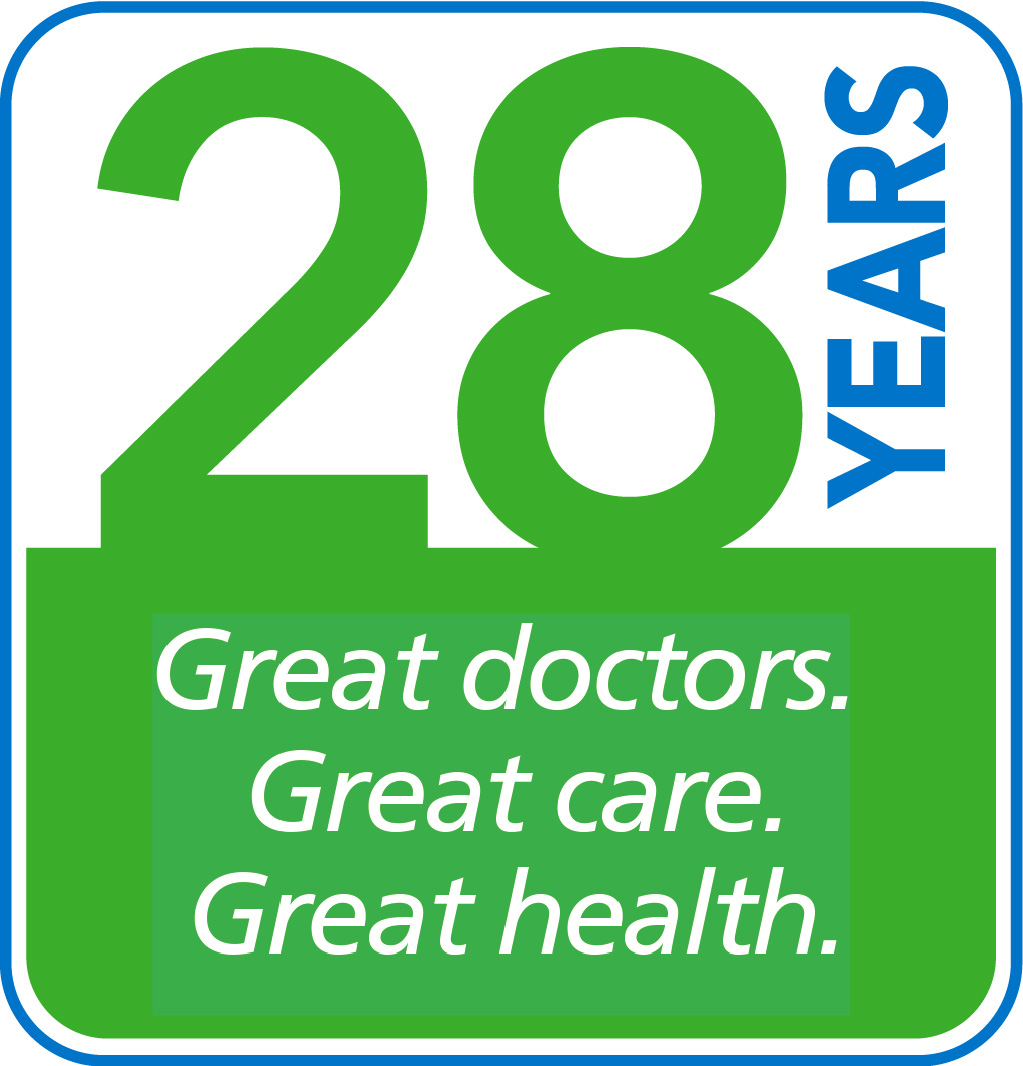What To Do? Emergency Department vs. Urgent Care vs. Your Doctor’s Office

By: Jamie Harms, M.D.
Having an illness or injury often results in a good deal of anxiety and worry. You want medical attention and relief from your symptoms as quickly as possible. But where should you go to get the best, most appropriate and cost-effective care? The following are the most widely used treatment options and suggestions about when each might be best suited to meet your particular medical needs.
The emergency department: Most emergency departments are part of hospitals, although there are free-standing emergency departments in Bowie and Queenstown. The ED is designed and equipped to handle serious or life-threatening emergencies. It is always open, including nights, weekends and holidays. Patients are seen according to how sick or injured they are. The most serious cases jump to the front of the line, even if they arrive later than everyone else. Physicians in the ED are trained to look for life-threatening conditions, and the tests you will receive in the ED will help them decide if you have any of these.
The Emergency Department is the right place to go if you have a serious or potentially life-threatening illness or injury: chest pain, sudden weakness on one side of your body, a new seizure, severe headache, persistent heavy bleeding, poisoning, or a large broken bone.
The Emergency Department is probably not the right place to go if you have a milder illness or a longstanding issue. You are likely to wait longer for treatment. The Emergency Department doctors do not have access to your medical records. Your visit will be much more expensive-as much as 4-6 times as expensive! Remember, they have to keep all that life-saving equipment available all the time. That’s great if you need it, but it’s just an extra charge if you don’t.
Urgent care centers: There are lots of these in our area. They often have extended hours, including evenings and some weekend hours. They are designed and equipped to handle medical problems that need attention the same day, but are not life-threatening. Patients are usually seen in the order they arrive, so your wait will depend on how many other people go to the Urgent Care Center at the same time you do. Many Urgent Care Centers have X-ray and blood testing equipment.
An Urgent Care Center is the right place to go if you have a new illness or injury that occurs when your doctor’s office is closed: sprains and strains, painful urination, ear pain, severe cough or wheezing.
An Urgent Care Center is probably not the right place to go if your doctor’s office is open or if you have a serious or life-threatening condition. A visit to an Urgent Care Center is more expensive than a visit for the same condition at your doctor’s office. The provider in the Urgent Care Center does not know you and will not have access to your medical records. Urgent Care Centers are not equipped with life-saving equipment or providers trained to treat life-threatening illnesses or injuries.
Your doctor’s office: No one knows you like your own doctor. Your doctor is equipped to treat many illnesses and injuries, and can arrange any testing you may need. Your primary care doctor has your medical records and knows your medical history. Patients are seen by appointment. Maryland Primary Care Physician offices reserve appointments for patients who need same-day treatment. Many MPCP offices have evening and/or Saturday hours for your convenience. Call or check our website, mpcp.com, for a list of hours at your doctor’s office.
Your doctor’s is the right place to go if you have a new problem, such as sinus pain, ear pain or flu, cuts or other wounds, sprains or strains, cough, or a flare up of an old problem, such as back pain or migraine headache, or an ongoing problem that may require more testing or treatment, such as persistent stomach problems or joint issues. You will pay the lowest copay at your primary care doctor’s office, and most times, you will be able to get an appointment the same day you call.
Your doctor’s office is the wrong place to go if you have a serious or life-threatening condition. If you need care in the next hour, go to the Emergency Department.
Don’t forget: Good communication is important to make sure you get good care. If you’re not sure what to do, call your primary care provider. Even when the office is closed, there is always someone on call who can direct you to the care you need. If you ever need to go to the Emergency Department or an Urgent Care center, take a list of all your medications and allergies with you. Let the staff know who your primary care provider is, and schedule a follow up appointment if needed.
Primary care quicker, less costly than the ER
A study by a New York health insurer claims 90% of conditions commonly seen in emergency rooms ─ like sinus infections, sprains and sore throats – could be treated faster and at a lower cost elsewhere. Excellus BlueCross BlueShield reports that in 2013 emergency room visits in the state for these conditions were nearly 8 times more expensive than a primary care office, 3.5 times higher than an urgent care center, and 15 times costlier than telemedicine. Patients in ERs also had the longest wait times for treatment. The report concludes: “the best method of care for nearly all of these cases is for patients to see their primary care doctors.”
Recommended Posts
Hypertension: Making Some Noise About the ‘Silent Killer’
By Pio Poblete, M.D.
Is Zika coming to Maryland?
By Jerry Levine, M.D., FACP
Important Facts About That Cough You Have
By Janice Rutkowski, M.D.



